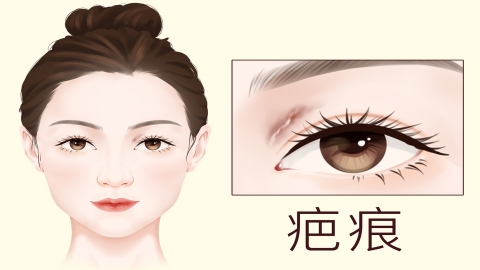How to treat hypertrophic scars
Generally, keloid scars can be treated through gentle skincare and moisturizing, medication, laser therapy, scar excision, dermabrasion, and other methods. A detailed analysis is as follows:

1. Gentle Skincare and Moisturizing
It is important to choose mild, non-irritating facial cleansers in daily routines, maintaining cleanliness and hydration of the scarred skin. This helps preserve the skin barrier function, reduce itching and discomfort caused by dryness, and create a favorable environment for scar healing.
2. Medication
Under a physician's guidance, patients can use medications such as asiaticoside cream, compound dexamethasone acetate cream, and human epidermal growth factor gel. These medications help suppress inflammatory reactions, reduce fibroblast proliferation, and promote softening and flattening of the scar tissue.
3. Laser Therapy
Laser therapy works by utilizing photothermal effects to precisely target scar tissue, stimulating collagen regeneration and remodeling, thereby improving the texture and color of the scar, making it blend better with the surrounding skin. The approximate cost of laser therapy is 2000–5000 yuan per session. Improvement is typically noticeable 5–7 days after treatment, although temporary side effects such as redness, swelling, pigmentation, or blisters may occur.
4. Scar Excision
Scar excision involves surgically removing the excessive scar tissue and using fine suturing techniques to improve the appearance. The approximate cost for scar excision is 5000–20,000 yuan per procedure. Improvement is usually noticeable 1–2 months post-surgery, although complications such as poor wound healing or bleeding may occur.
5. Dermabrasion
Dermabrasion involves using specialized tools to finely abrade the skin's surface, removing uneven scar tissue and stimulating skin cell regeneration and repair to gradually reduce the appearance of the scar. The approximate cost for dermabrasion is 3000–5000 yuan per session. Improvement is typically visible 3–4 weeks after treatment, although temporary side effects such as erythema, pigmentation, or skin sensitivity may occur.
During the wound healing process, it is recommended to keep the wound clean and moist to prevent infection. Additionally, avoid excessive friction or irritation to the wound to prevent worsening of scar formation.




